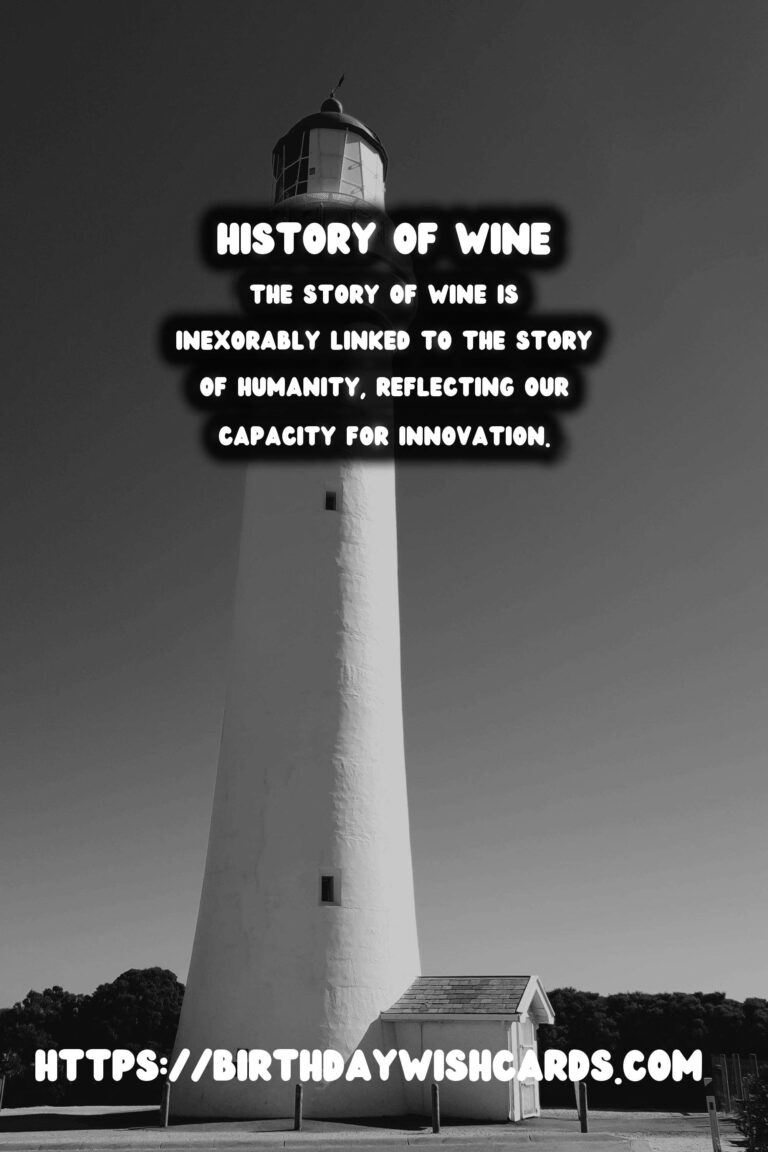
Wine, a renowned elixir of the gods, has a rich and storied past that spans millennia. Its journey from ancient civilizations to today’s global markets encapsulates not only the development of viticulture but also the evolution of human societies.
The Origins of Wine in Ancient Times
The roots of wine can be traced back to the ancient Near East, where archaeological findings suggest that early wine production began around 6000 BC. The oldest known winery, discovered in the Areni-1 cave complex in Armenia, provides evidence of early Neolithic winemaking.
The significance of wine in ancient Egypt is well documented, with paintings and inscriptions illustrating its role in religious ceremonies and daily life. The Greeks further refined winemaking, spreading grape cultivation across their colonies, while Romans expanded these practices throughout their empire.
Wine in the Middle Ages
During the Middle Ages, monasteries in Europe became pivotal in the preservation and enhancement of viticulture. Monks meticulously cultivated vineyards and advanced winemaking techniques, leading to the prominence of regions like Burgundy and Bordeaux.
The establishment of trade routes allowed for the exchange of wine and expertise across Europe, further ingraining wine’s status as a staple in both religious and secular life.
The Renaissance and the Global Spread of Wine
The Renaissance period sparked a renewed interest in the scientific aspects of viticulture, leading to improved techniques in vineyard management and winemaking. As European powers embarked on exploration and colonization, they carried grapevines to the New World.
Throughout the 16th and 17th centuries, vineyards were established in the Americas, South Africa, and Australia, marking the beginning of wine as a global commodity.
The Modernization of Wine Production
The 19th and 20th centuries witnessed significant transformations in the wine industry. The phylloxera plague devastated European vineyards, prompting innovations such as grafting European vines onto resistant American rootstocks.
Technological advances, including temperature-controlled fermentation and stainless steel tanks, revolutionized winemaking, enhancing quality and consistency.
Wine in the Contemporary Global Market
Today, wine is produced in over 60 countries, with a market valued at hundreds of billions of dollars. Globalization has made wine a worldwide cultural phenomenon, accessible and appreciated in diverse regions.
Consumer preferences have shifted towards organic and sustainable wines, prompting producers to adopt environmentally friendly practices.
The Cultural and Economic Impact of Wine
Beyond its economic significance, wine continues to play a vital cultural role. Wine tourism has burgeoned, with enthusiasts visiting regions like Napa Valley, Tuscany, and South Africa’s Cape Winelands.
Wine festivals and competitions contribute to its cultural allure, while sommeliers and connoisseurs continue to elevate the appreciation of wine to an art form.
Conclusion
The story of wine is inexorably linked to the story of humanity, reflecting our capacity for innovation, our appreciation for tradition, and our eagerness to connect across cultures. Tracing its history from ancient civilizations to modern global markets offers insights into our past and glimpses of the future of this timeless beverage.
Wine, a renowned elixir of the gods, has a rich and storied past that spans millennia. The story of wine is inexorably linked to the story of humanity, reflecting our capacity for innovation. 
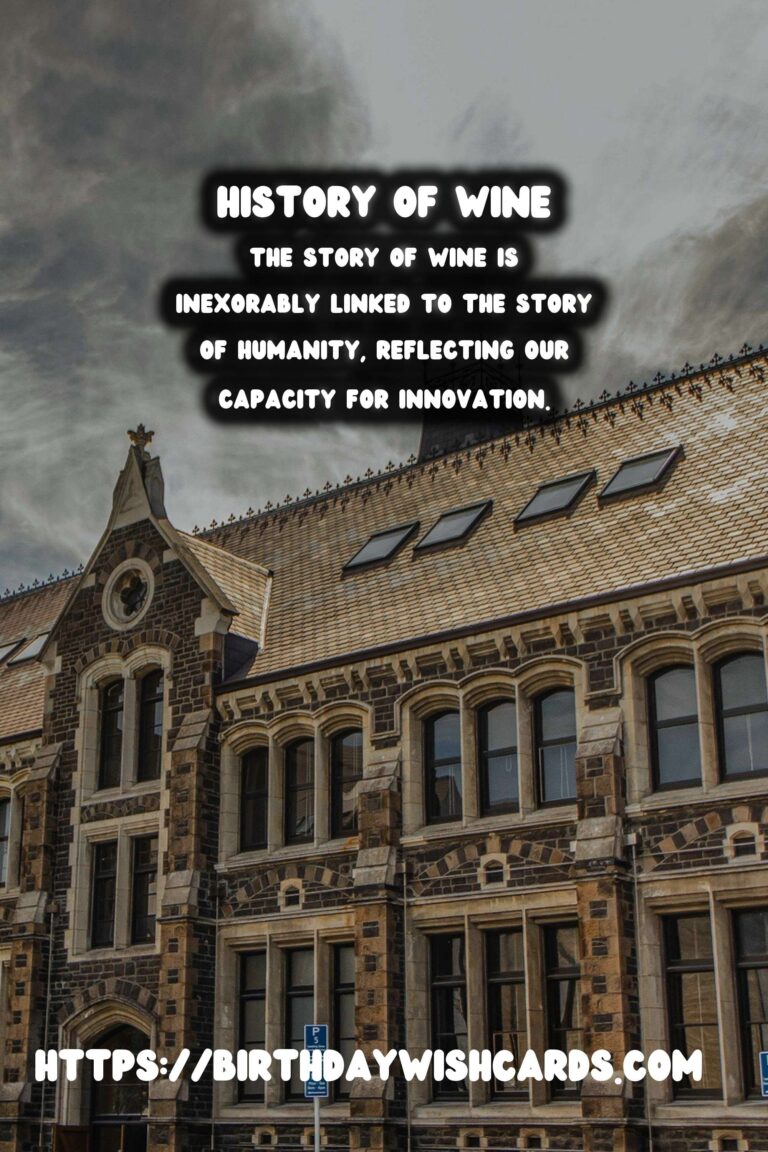


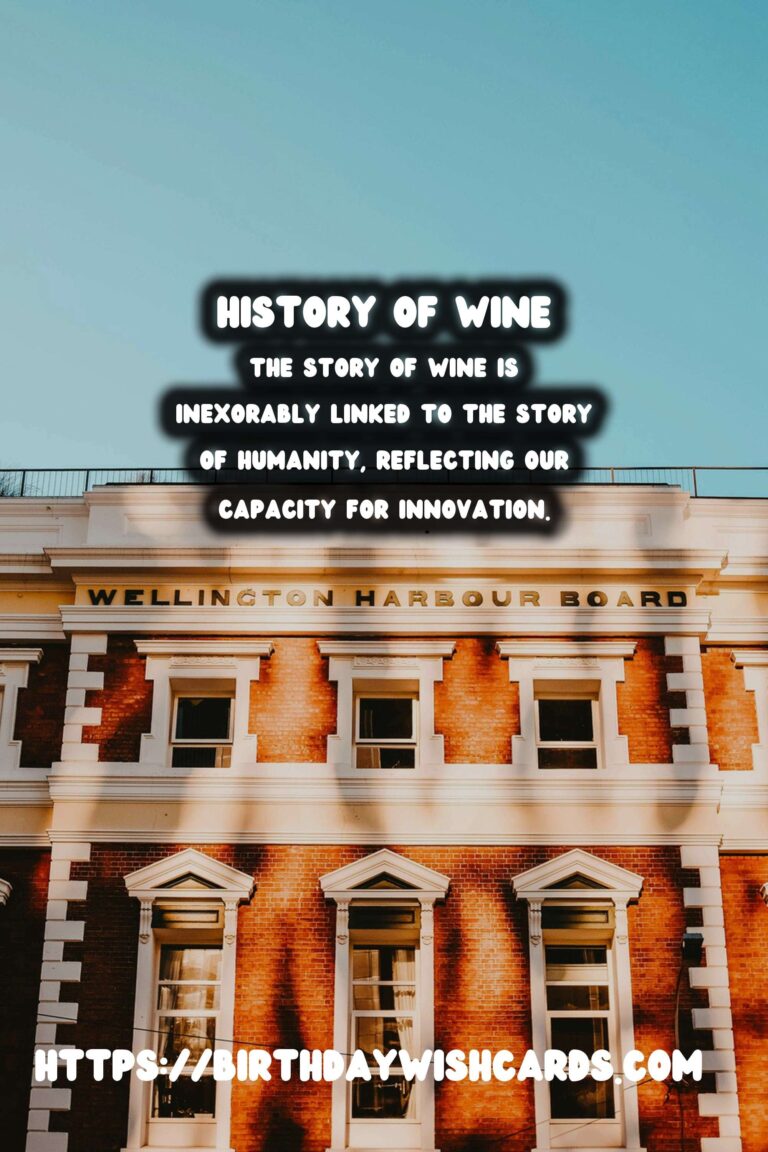
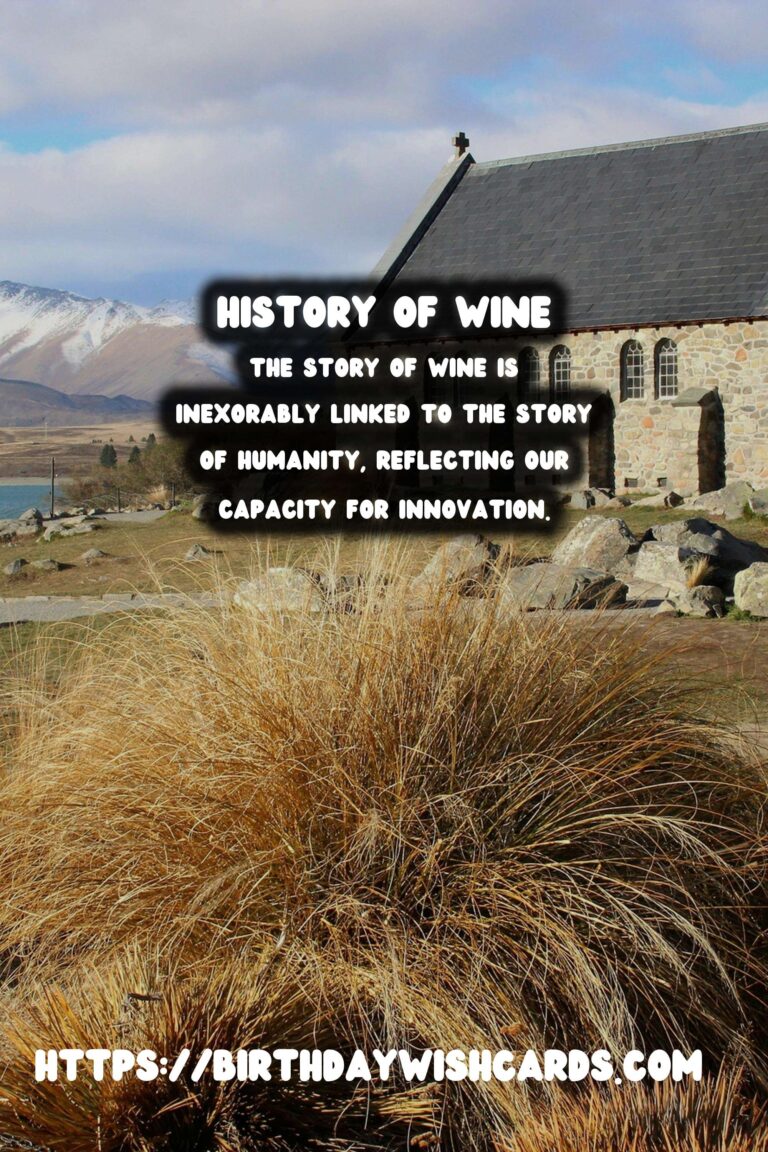


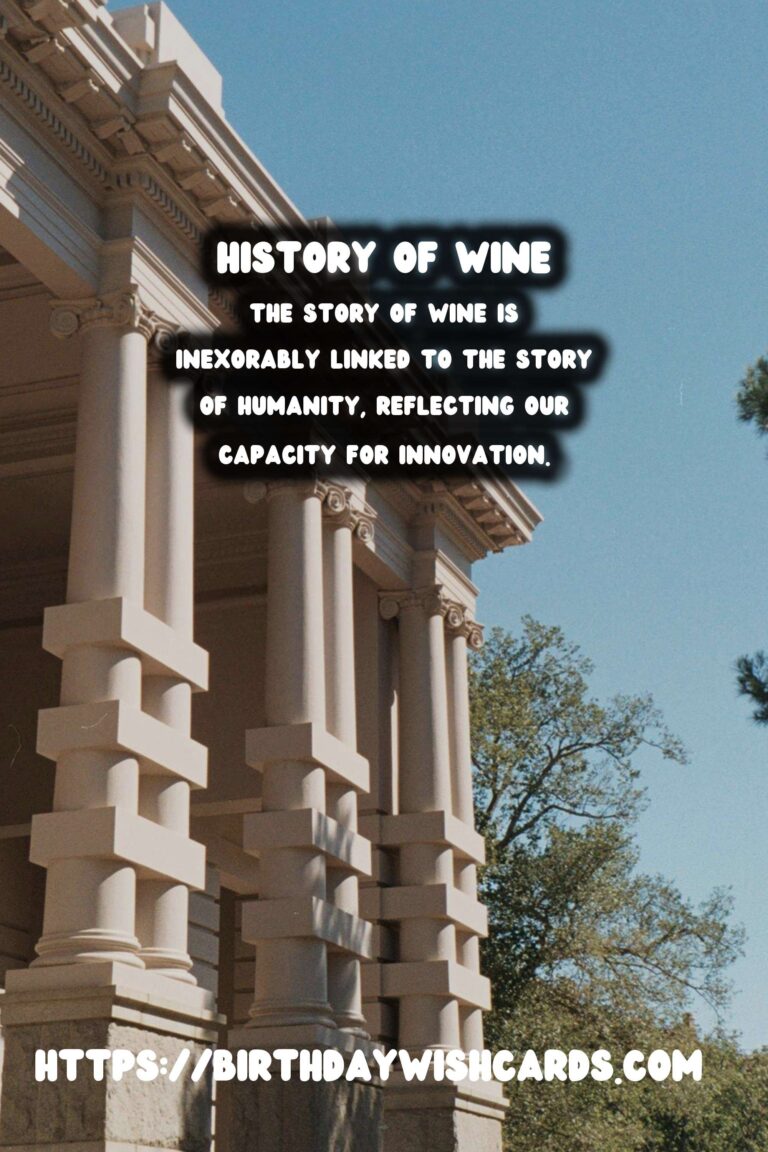

#WineHistory #Viticulture




